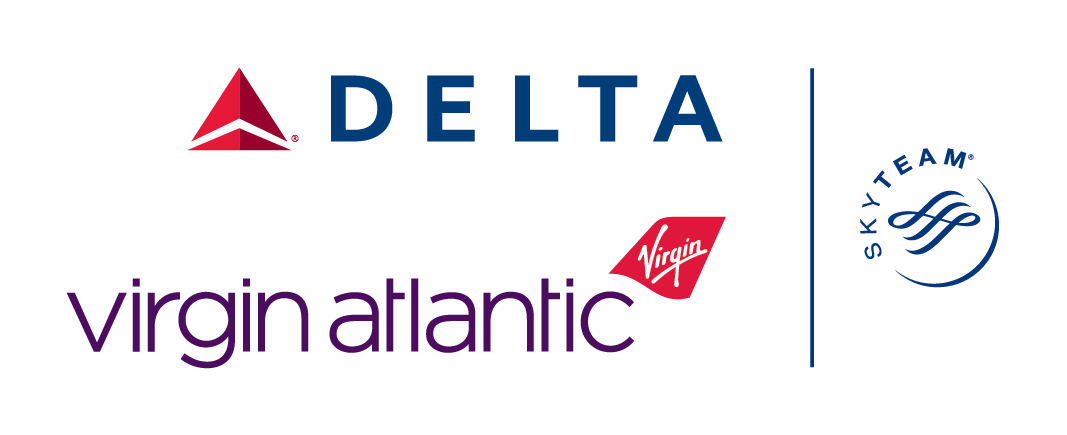Smarter CO2 Calculations for Sustainable Business Travel
)
Original Contribution by: CTM Team
Updated by: Jonathan Carter-Chapman, Marketing Director, Northstar Travel Group
Re-published: April 2025
Topics: Business travel emissions, carbon footprint, sustainable corporate travel
Read Time: 7 minutes
Quick Summary: Corporate Travel Management (CTM), in partnership with RDC Aviation, has developed a comprehensive CO2 emissions calculation system for business travel. This blog explores how flight, hotel, and car hire emissions are tracked using CTM tools like Lightning and Climate+, the impact of smarter booking decisions, and how these technologies align with wider industry trends and regulations such as the EU's CSRD.
Why Smarter CO2 Calculations Are Critical for Corporate Travel
Business travel accounts for a significant portion of many companies' Scope 3 greenhouse gas emissions. With new regulations like the EU's Corporate Sustainability Reporting Directive (CSRD) and an increasing number of businesses committing to net-zero targets, the need for accurate, real-time travel emissions data has never been greater.
Reducing the environmental impact of air travel and corporate mobility is now a critical business priority, driven by the global climate crisis and sustainable development goals.
The Business Case for Smarter CO2 Calculations
Did you know that switching flights on the same day could reduce your emissions by up to 49%? A joint study by CTM and RDC Aviation showed that choosing a different airline or aircraft type on a route like London to New York can save more CO2 than the electricity used to power a UK home for a year.
That’s why CTM developed Lightning - a travel booking platform that puts granular CO2 data front and centre.
It allows companies to assess the environmental footprint of their trips based on real-time carbon emissions data.
How CTM’s Lightning Platform Calculates Flight Emissions
Using RDC Aviation’s proprietary fuel burn algorithms and a database of over 35,000 airframes, Lightning provides emissions data at the point of search and booking.
Key factors in the calculation of emissions include:
- Route and aircraft type
- Engine age and fuel consumption efficiency
- Seat configuration and load factor
- Cabin class (economy class typically has lower emissions per passenger)
- Use of Sustainable Aviation Fuels (SAFs)
- Operator carbon offsetting practices
- Regulatory compliance (e.g. CORSIA, EU ETS)
CTM even calculates emissions based on flight distance and economy class versus business class travel. This data helps travel managers and employees make more environmentally responsible choices that reduce the impact of business travel.
CO2 Calculation for Hotels: Using DEFRA Methodology
Hotel stays often get overlooked in business travel sustainability, yet they contribute a significant portion to overall emissions. CTM uses DEFRA greenhouse gas calculations, which provide a consistent methodology for hotel emissions across countries.
Highlights:
- Based on "room nights" (multiplied by stay duration)
- Uses national averages per country
- Ignores factors like hotel amenities or room size for simplicity
DEFRA data is sourced through the Hotel Footprinting Tool, which aggregates benchmarked information from international hotel chains via the Cornell Sustainability Index.
Car Hire CO2 Data: Hybrid, Electric and Emissions Transparency
Lightning also displays CO2 emissions for car hire, with calculations based on an average of 100 miles per day. Integration with global distribution systems (GDS) like Sabre and Amadeus enables access to emissions per vehicle type, helping users choose lower-emission options.
Hybrid and electric vehicles are also clearly highlighted with filters for engine type and emissions. These tools make it easier to lower the environmental impact of on-the-road business travel.
Beyond Booking: Full-Programme Insights via Climate+
CTM’s Climate+ platform complements Lightning by offering an emissions dashboard for the entire travel programme.
What Climate+ includes:
- Visual reporting of Scope 3 travel emissions
- Forecasting and offset cost planning
- Custom dashboards for sustainability and procurement teams
These insights empower organisations to integrate sustainability goals into their travel policies and procurement processes, helping them align business objectives with sustainable development.
Industry Context: Regulations and Innovation Driving Smarter Travel
With the CSRD and global movements like the UN’s sustainable tourism declaration, accurate emissions reporting is no longer optional. Innovations like IATA CO2 Connect and Climatiq are further raising the bar by integrating AI and real-time airline data into emissions tracking.
Additionally, strategies such as promoting rail and public transport over short-haul flights and consolidating meetings into fewer trips (a trend known as "slow travel") are becoming standard among sustainability-driven businesses.
Conclusion: Enabling Greener Business Travel Decisions
CTM's comprehensive, tech-enabled approach empowers travel managers to make smarter, more sustainable decisions - without compromising business outcomes. As regulations evolve and stakeholder expectations grow, embracing tools like Lightning and Climate+ positions your business ahead of the curve.
Key Takeaways
- CTM calculates emissions across flights, hotels, and car hire using Lightning.
- Real-time CO2 data improves decision-making for travellers and managers.
- Climate+ allows full emissions programme reporting and strategy alignment.
- New global regulations and tools are shaping the future of sustainable business travel.
Further Reading
- Environmental reporting guidelines: including Streamlined Energy and Carbon Reporting requirements
- IATA CO₂ Connect Overview
Frequently Asked Questions
Acknowledgement: This article is a reworking of an original post by the CTM editorial team, enhanced and republished by Jonathan Carter-Chapman, Marketing Director, Northstar Travel Group with updated research.



)
)
)
)
)
)
)
)
)
)
)
)
)
)
)
)
)
)
)
)
)























